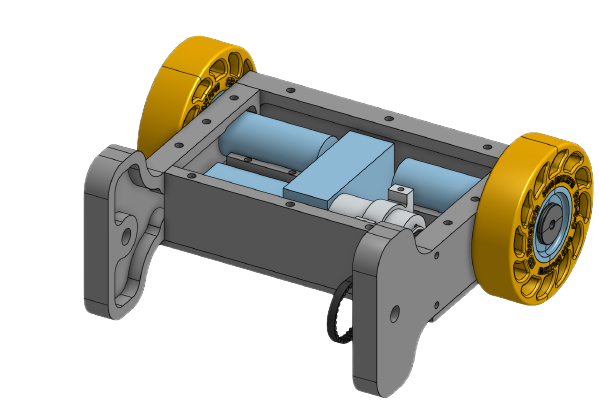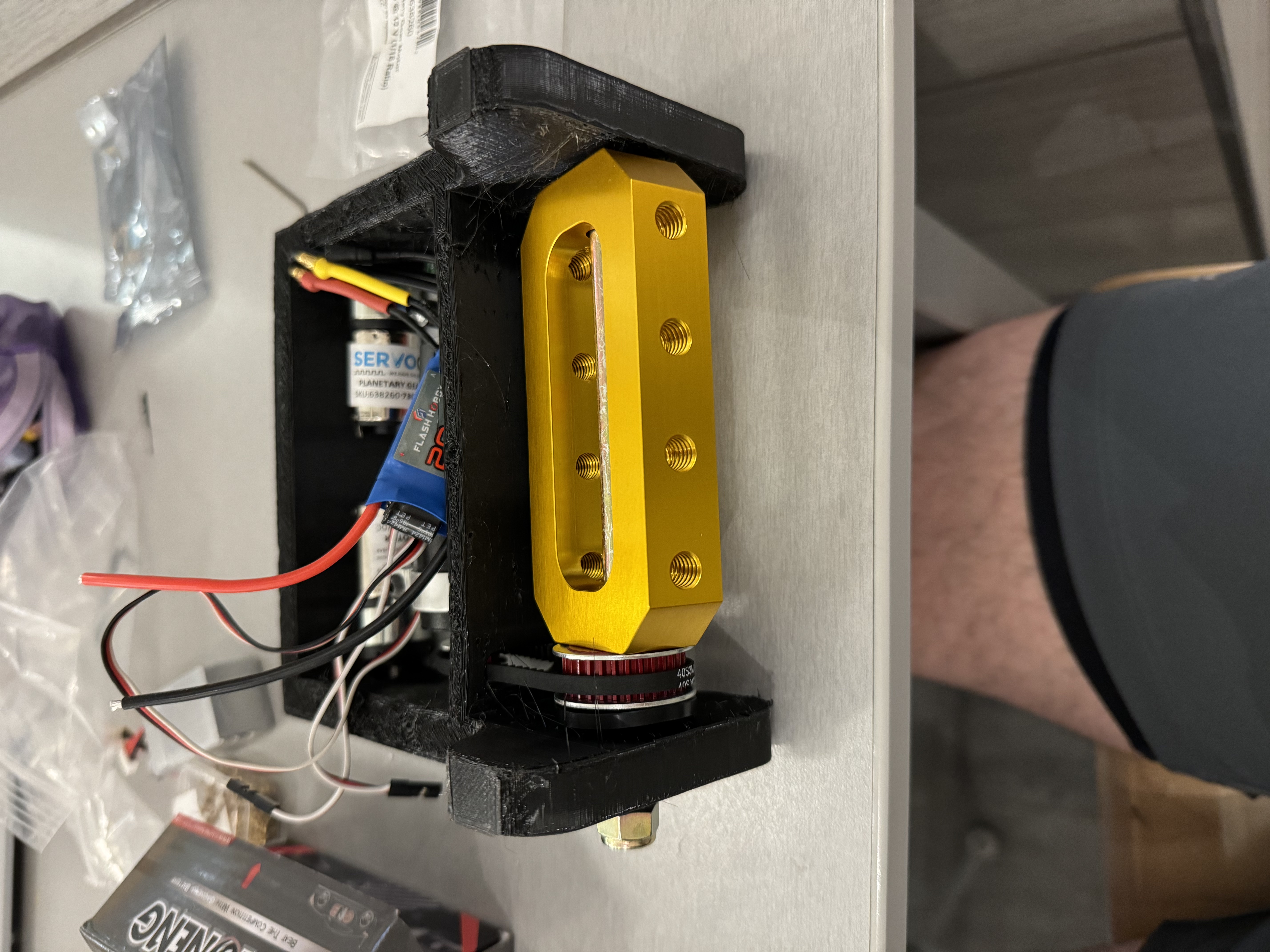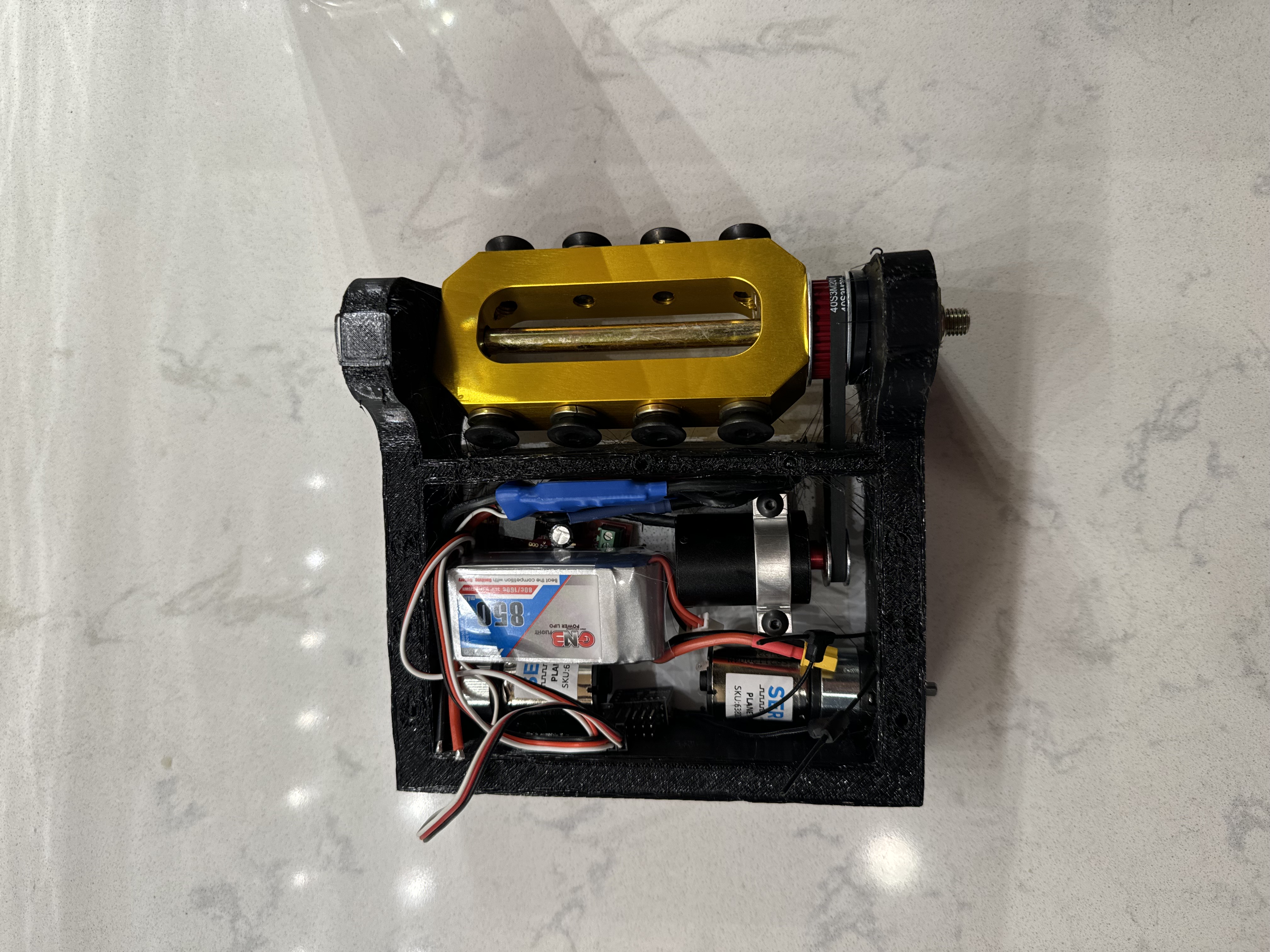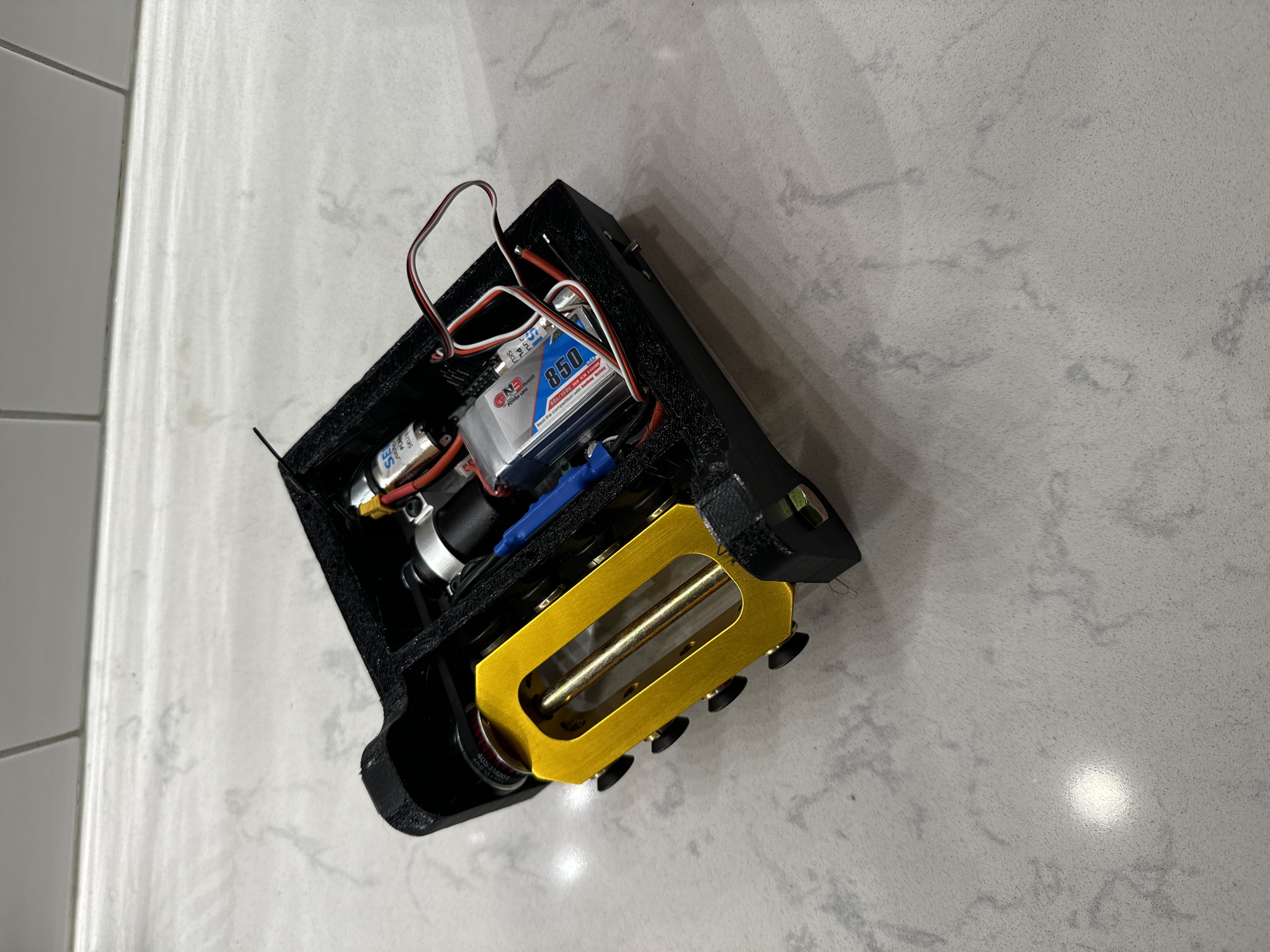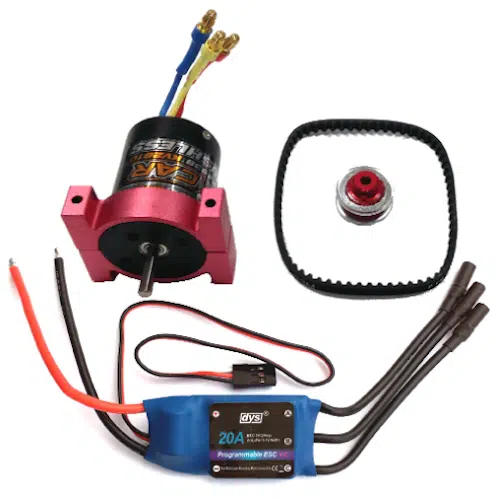Introduction
Cyclone is a 3-pound featherweight class BattleBot engineered for high-speed, high-impact combat. Designed and built by Liam Carlin during his junior year at Winchester High School, Cyclone was developed to compete in the National Havoc Robot League (NHRL). With a powerful vertical spinner weapon, durable construction, and a precision control system, Cyclone embodies a relentless offensive strategy while maintaining exceptional defensive resilience.
